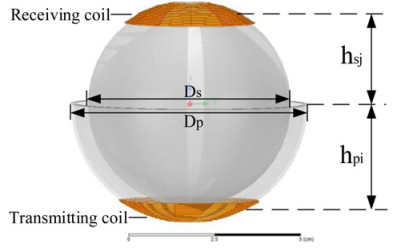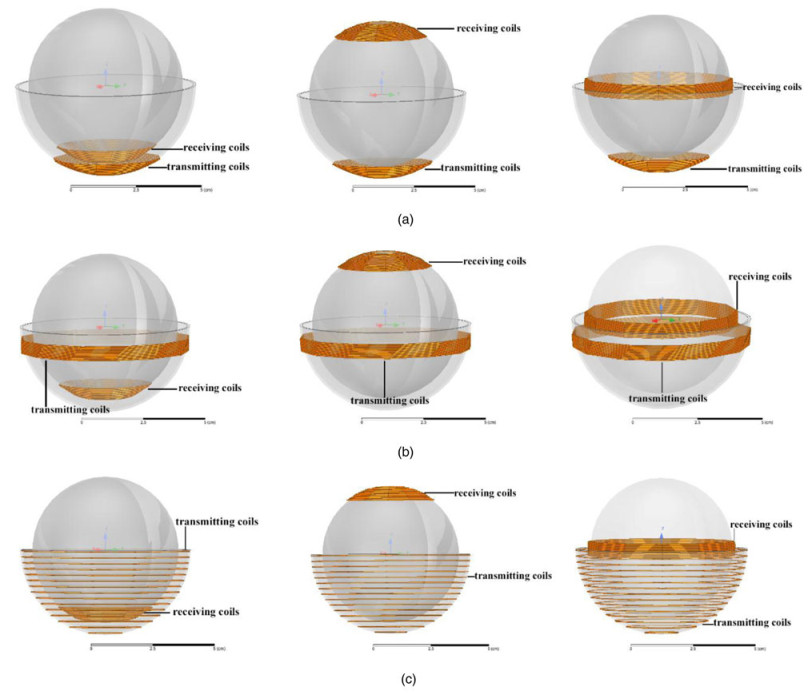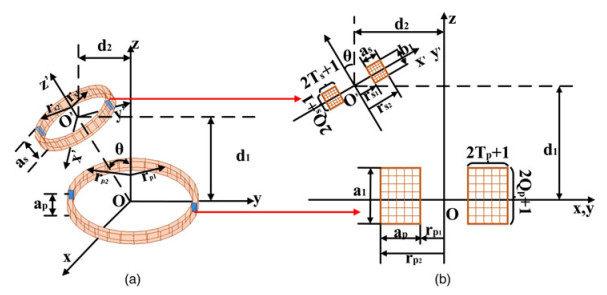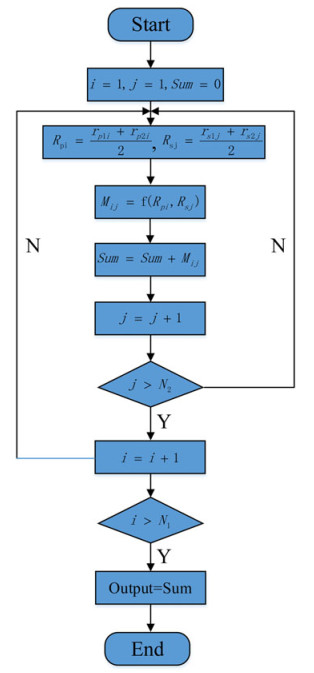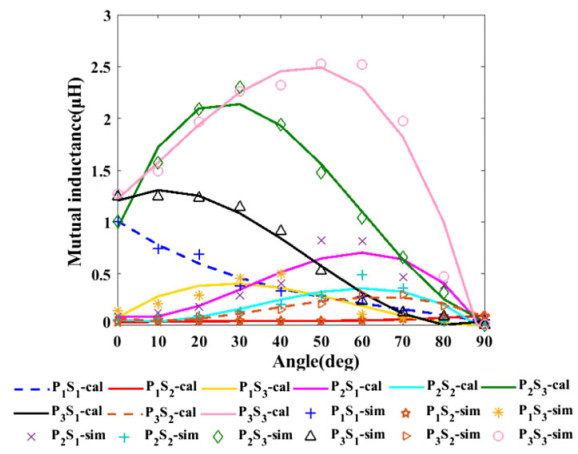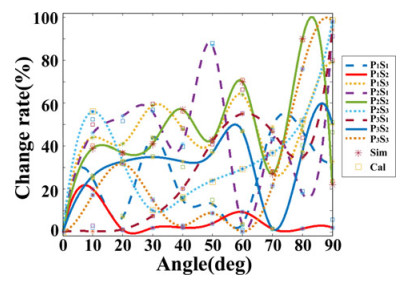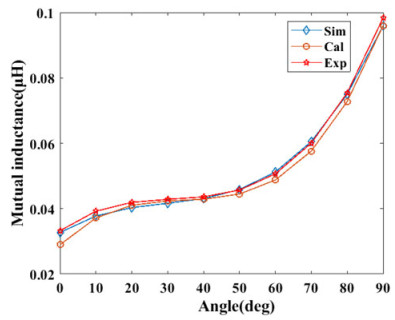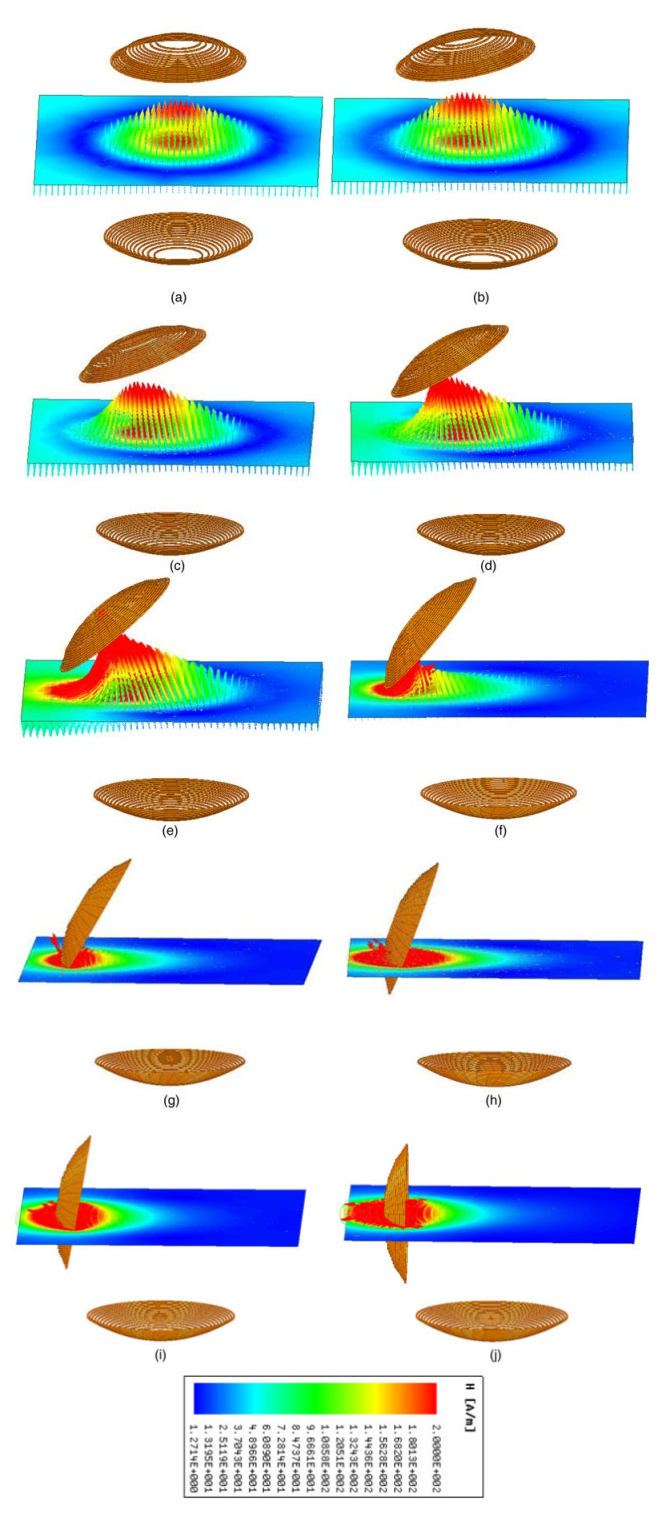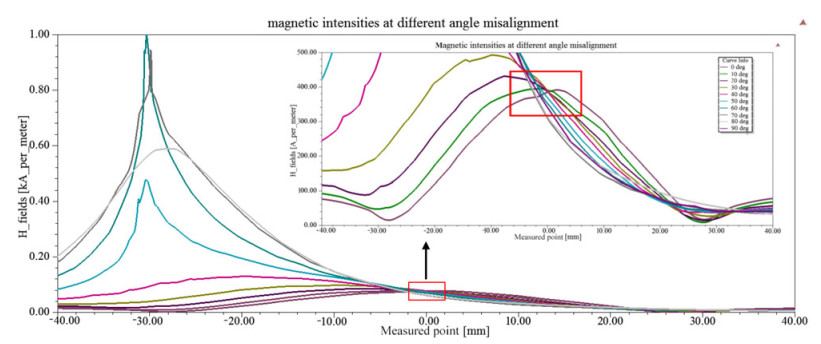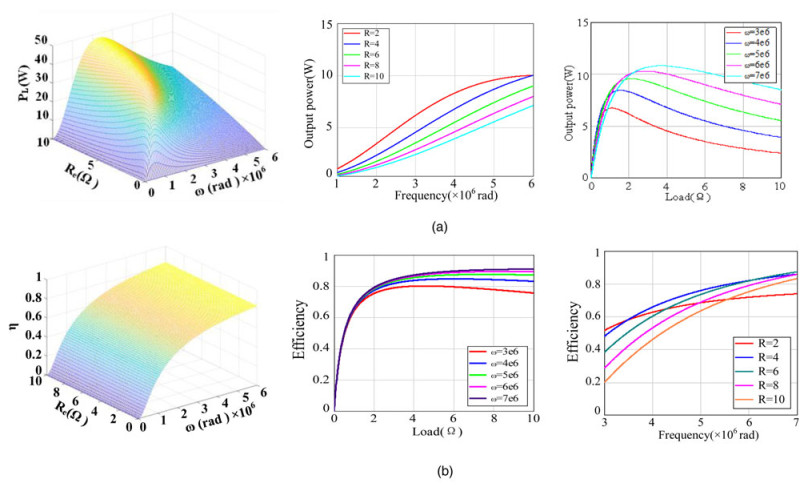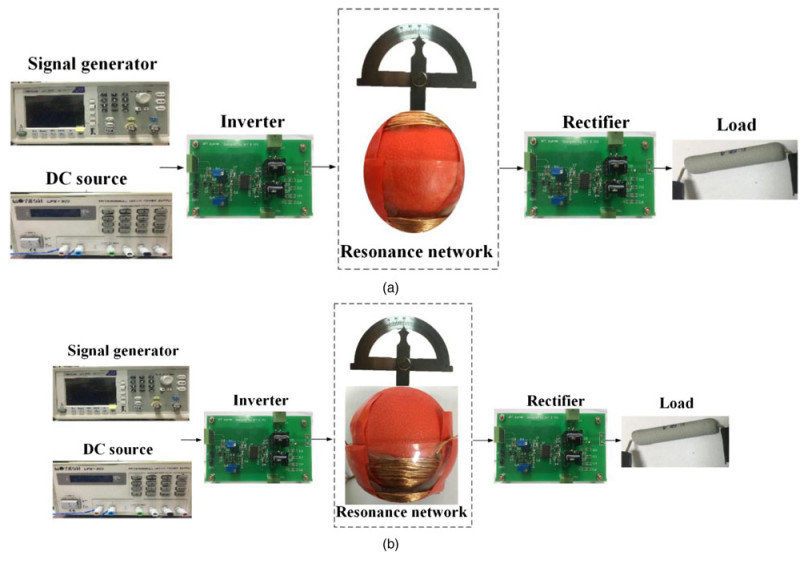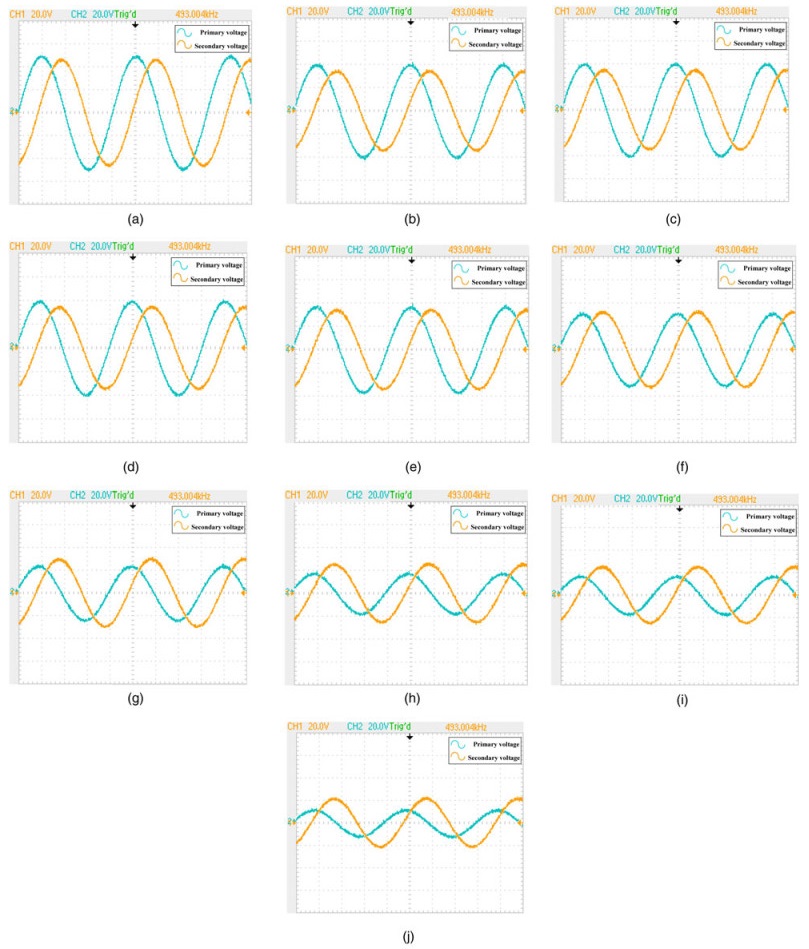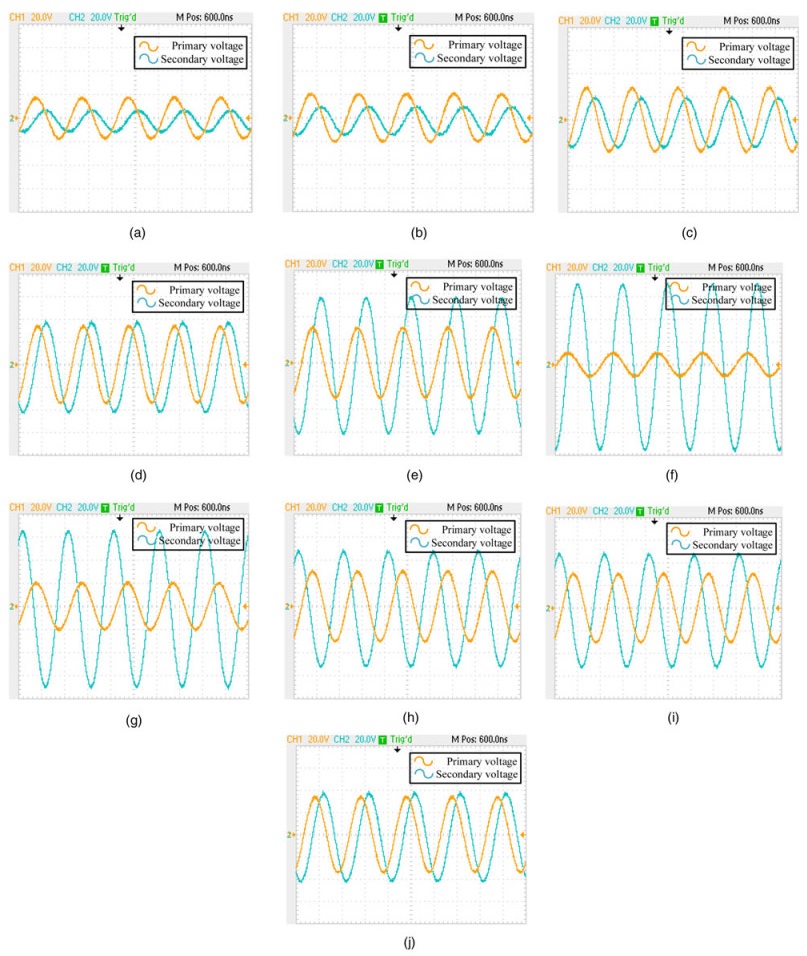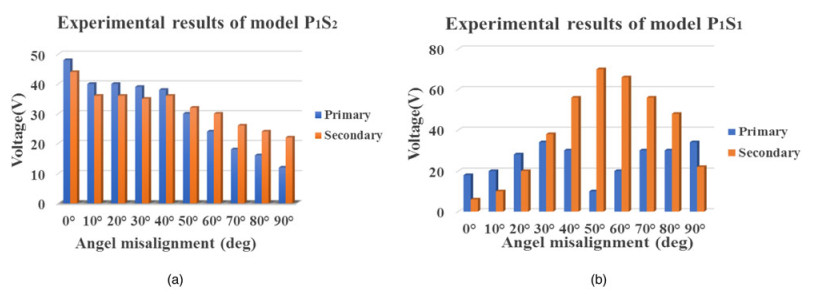-
About this article
Cite this article
Yang Y, Chen W, Dai L, Wang R. 2019. A free-rotating ball-shaped transmitting coil with wireless power transfer system for robot joints. Wireless Power Transfer 6(1): 26-40 doi: 10.1017/wpt.2019.1
A free-rotating ball-shaped transmitting coil with wireless power transfer system for robot joints
Abstract: Wireless power transmission (WPT) systems with moveable mechanical parts have been acquired more and more attention during the past decade. However, due to the moveable feature of transmitting coil and receiving coil, misalignment issue lead to extra power loss, decrease in efficiency, increase in control complexity, and unwanted performance degradation of the whole system. Moreover, it happened frequently than those traditional planar coils systems. The motivation for this paper is trying to have a deep understanding of quantitative relationship between ball-shaped coils mutual inductance and misalignment. Based upon that, engineers would know more detail of the coils position and mutual inductance. So, optimized design might be achieved. On considering that, this paper presents a WPT system with a ball-shaped coil for robot joints. A mutual inductance calculation based on filament method aimed at ball-shaped coil is proposed. Based on these, nine different ball-shaped coil solutions are calculated. Then, model with a minimized change rate of mutual inductance against the angular misalignment is chosen as the optimized design. Circuit analysis of the WPT system with the series–series resonant topology is conducted to choose a proper working frequency and load. Finally, an experimental platform is established. It demonstrates the feasibility of the proposed calculation method and the feasibility of the WPT prototype.
-
Key words:
- Wireless power transfer /
- Filament method /
- Ball-shaped coil /
- Robot joints









 Yang Yang received her B.S. degree in electrical engineering from Nanjing Agricultural University, Nanjing, Jiangsu, China, in 2017. She is currently pursuing her M.S. degree at Xi'an Jiaotong University, Xi'an, Shaanxi, China. Her current research interests include wireless power transfer and electromagnetic interference.
Yang Yang received her B.S. degree in electrical engineering from Nanjing Agricultural University, Nanjing, Jiangsu, China, in 2017. She is currently pursuing her M.S. degree at Xi'an Jiaotong University, Xi'an, Shaanxi, China. Her current research interests include wireless power transfer and electromagnetic interference. 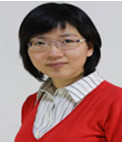 Wenjie Chen received her B.S., M.S., and Ph.D. degrees in electrical engineering from Xi'an Jiaotong University, Xi'an, China, in 1996, 2002, and 2006, respectively. Since 2002, she has been a member of the faculty of the School of Electrical Engineering, Xi'an Jiaotong University, where she is currently a Professor. From January 2012 to January 2013, she was with the Department of Electrical Engineering and Computer Science, University of Tennessee, Knoxville, TN, USA, as a Visiting Scholar. She then came back to Xi'an Jiaotong University, and involved in teaching and research wok in power electronics. Her main research interests include electromagnetic interference, active filters, and power electronic integration.
Wenjie Chen received her B.S., M.S., and Ph.D. degrees in electrical engineering from Xi'an Jiaotong University, Xi'an, China, in 1996, 2002, and 2006, respectively. Since 2002, she has been a member of the faculty of the School of Electrical Engineering, Xi'an Jiaotong University, where she is currently a Professor. From January 2012 to January 2013, she was with the Department of Electrical Engineering and Computer Science, University of Tennessee, Knoxville, TN, USA, as a Visiting Scholar. She then came back to Xi'an Jiaotong University, and involved in teaching and research wok in power electronics. Her main research interests include electromagnetic interference, active filters, and power electronic integration. 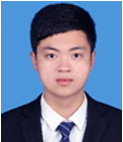 Liyu Dai received his B.S. degree in electrical engineering from Fuzhou University, Fuzhou, China, in 2017. He is currently working toward his M.S. degree in power electronics in the School of Electrical Engineering, Xi'an Jiaotong University. His research interests include electromagnetic interference and active filters.
Liyu Dai received his B.S. degree in electrical engineering from Fuzhou University, Fuzhou, China, in 2017. He is currently working toward his M.S. degree in power electronics in the School of Electrical Engineering, Xi'an Jiaotong University. His research interests include electromagnetic interference and active filters.  Rui Wang received his B.S. degree in electrical engineering from Xi'an Jiaotong University, Xi'an, China, in 2017, where he is currently working toward his M.S. degree in power electronics in the School of Electrical Engineering. His research interests include sound field optimization and active noise reduction technology for the filtering field of converter station
Rui Wang received his B.S. degree in electrical engineering from Xi'an Jiaotong University, Xi'an, China, in 2017, where he is currently working toward his M.S. degree in power electronics in the School of Electrical Engineering. His research interests include sound field optimization and active noise reduction technology for the filtering field of converter station 


